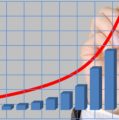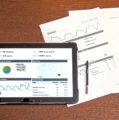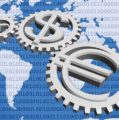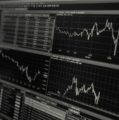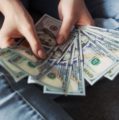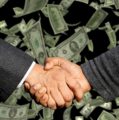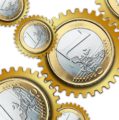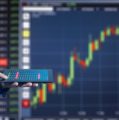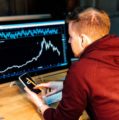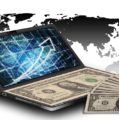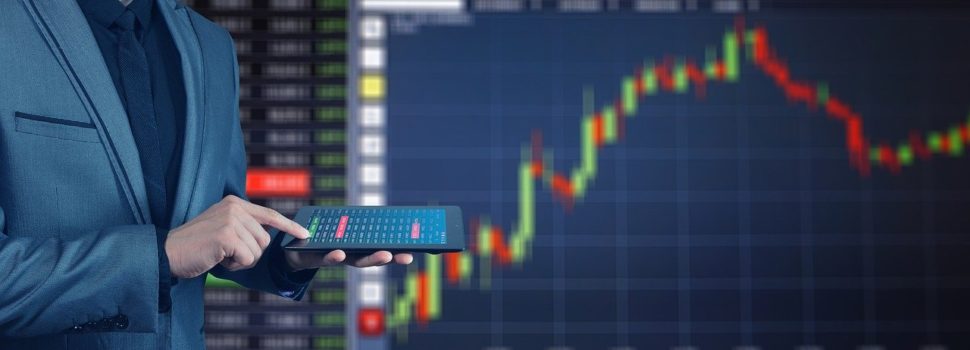
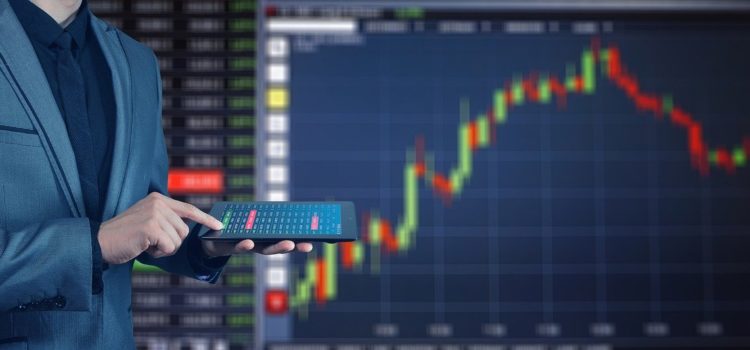
EUR/USD (Euro –US Dollar)
featuredForex News Live November 27, 2019 Ted
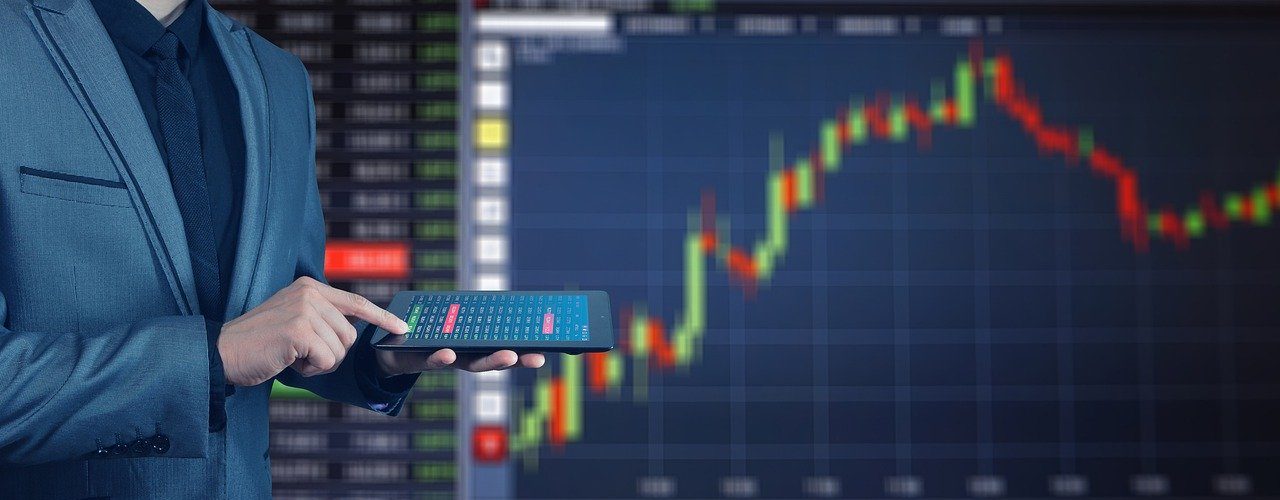
The U.S. dollar steadied in early European trade Friday ahead of the release of key inflation data, the euro edged higher while the Japanese yen slipped slightly but remained on course for its strongest week in three months.
Pound strengthened against the dollar after the President endorsed Vice President Kamala Harris to take on Donald Trump in November.
The U.S. dollar rose slightly Friday, on course for a positive week, while sterling slipped after the release of weak retail sales data. The dollar bounced off recent lows as U.S. labor and manufacturing data added to the uncertainty over when the Federal Reserve would start cutting rates. The U.S. currency has also seen demand as a safe-haven call as relations between the U.S. and China weaken, and uncertainty over the U.S. presidential race grows, amid calls for President Joe Biden to drop his reelection bid.
European stocks added to gains and the euro weakened after the European Central Bank held interest rates unchanged but signaled it was open to cutting rates again this year. The ECB kept its key deposit rate at 3.75%, as expected. In the subsequent press conference, ECB President Christine Lagarde said the central bank hasn’t yet decided what it will do at its next meeting, but expressed confidence that wage growth and underlying price-pressures would ease.
The European Central Bank kept interest rates unchanged on Thursday, as widely expected, following on from reductions at its last meeting. The ECB maintained its benchmark deposit rate at 3.75%, after cutting it from an all-time high of 4% in June. The interest rate on its main refinancing operations also stayed at 4.25%, while the rate of its marginal lending facility remained at 4.50%.
The U.S. dollar edged higher Thursday, while the euro slipped ahead of an ECB meeting and sterling dipped as U.K. wage growth slowed. At 04:00 ET (09:00 GMT), the Dollar Index, which tracks the greenback against a basket of six other currencies, traded 0.1% higher to 103.550, bouncing after losses this week on increased optimism that the Federal Reserve will cut interest rates in September. Confidence that the U.S. Federal Reserve will start cutting interest rates at its next meeting in September, to boost a slowing economy, has weighed heavily on the greenback.
The U.S. dollar edged higher in early European trade Tuesday, climbing away from one-month lows as traders digested the increased chance of former President Donald Trump returning to the White House as well as the likelihood that the Federal Reserve will start cutting interest rates in September. The dollar edged higher after Donald Trump received a rapturous welcome on the first day of the Republican National Convention in Milwaukee, just a few days after surviving an assassination attempt in Pennsylvania on Saturday. The four-day convention will culminate with Trump's prime-time address on Thursday, when he formally accepts the party's nomination to face President Joe Biden in a rematch of their 2020 race.
The dollar inched lower Thursday, extending overnight losses after Federal Reserve Chair Jerome Powell reiterated his outlook for the U.S. economy achieving a soft landing. USD/CNY traded 0.1% lower to 7.2674, with the Chinese currency seeing some relief after underwhelming inflation data on Wednesday.
The dollar traded in a tight range Wednesday in the wake of Powell’s initial testimony before Congress, with the Fed chair flagging the recent labor market cooling as an increasingly important factor in deciding when the U.S. central bank will start cutting interest rates. Powell also said a rate cut is not appropriate until the Fed gains "greater confidence" that inflation is headed toward the 2% target. Powell returns to Washington later Wednesday, and traders will be looking for more refinement in his comments ahead of Thursday’s vital consumer inflation data.
Investing.com-- Most Asian currencies moved little on Monday, while the dollar nursed steep losses amid growing expectations of interest rate cuts, while the Japanese yen firmed on data showing a pick-up in average wages.
The U.S. dollar retreated in early European trade Friday ahead of the key monthly jobs report, while sterling edged higher after the result of the U.K general election. The dollar traded near two-week lows as traders returned from the U.S. Independence Day holiday ahead of the release of the widely-watched monthly official jobs report, looking for more cues on when the Federal Reserve will start cutting interest rates. Economic data this week have tended to show a cooling U.S. economy, and this has heightened expectations the Fed will cut rates sometime soon.
France’s planned consolidation of its public finances risks being deferred, considering the likely outcomes of legislative elections, with consequences for the EU policy agenda and, potentially, investor sentiment.
The U.S. dollar slipped lower in early European trade Thursday as weak economic data raised expectations of interest rate cuts by the Federal Reserve, while sterling edged higher as the U.K. went to the polls. This data has increased expectations that a cooling U.S. economy will persuade Fed officials to sanction interest rate cuts in the near future.
Tuesday's market action is in full swing, with stocks reacting to May's job openings data from the US Bureau of Labor Statistics JOLTS (Job Openings and Labor Turnover Survey) report. Catalysts Host Madison Mills covers the top market and economic stories this hour, which includes Yahoo Finance reporting on Federal Reserve Chair Jerome Powell's latest inflation comments from the European Central Bank (ECB) Forum on Central Banking in Portugal. The labor market is in focus ahead of the June jobs report scheduled to be released Friday morning, July 5. Imperial College Business School professor of economics Tommaso Valletti comes onto the show to talk about the European Union's (EU) latest regulatory battles against Big Tech titans Apple (AAPL) and Meta Platforms (META) under its Digital Markets Act (DMA). TD Bank Global Head of FX and EM Strategy Mark McCormick joins Catalysts in-studio to discuss the influence the Fed's interest rate journey and the 2024 US presidential election could have on the US dollar. This post was written by Luke Carberry Mogan.
The US dollar (DX-Y.NYB) is digesting Federal Reserve Chair Jerome Powell's latest comments on inflation at the European Central Bank's (ECB) Forum on Central Banking, as well as the rise in job openings from May. TD Bank Global Head of FX and EM Strategy Mark McCormick sits down with Madison Mills on Catalysts to talk about the Fed's data-centric approach to its interest rate policies going forward. "And inflation from month to month is going to be very challenging and very volatile indicator. So the way that we keep looking at it is there's no room for error," McCormick tells Yahoo Finance. "So next week's inflation number, if it comes in hot this whole narrative is gone. If it comes in as expected, then we get another inflation print where it's like 'yes, they can still probably go in September.' But again, if it comes in hot, it's like everything is binary now. So the market, it lacks confidence, it lacks motivation in terms of how to trade these themes. McCormick also weighs in on the ways a second Trump presidency or policies like heightened tariffs could impact the US dollar. In the broader FX (foreign exchange) market, McCormick also comments on the influence France's snap election is having on the euro. For more expert insight and the latest market action, click here to watch this full episode of Catalysts. This post was written by Luke Carberry Mogan.
The U.S. dollar edged higher in early European trade Tuesday, recovering after recent losses, while the euro dipped ahead of key inflation data. At 04:30 ET (08:30 GMT), the Dollar Index, which tracks the greenback against a basket of six other currencies, traded 0.1% higher at 105.700, bouncing from a one-week low seen earlier in the week. The dollar index has climbed as the prospects of a second Donald Trump presidency have risen over the last few days, boosted by President Joe Biden's faltering debate performance last week as well as the Supreme Court's ruling on Monday that Trump has some immunity from prosecution over attempts to overturn his 2020 election loss.
First day of July, first day of the second half of 2024, and first day of the third quarter. The Morning Brief's Brad Smith and Madison Mills walk investors through this busy first day of the trading week and the top market themes Wall Street will be watching heading into the latter half of the year. Boeing (BA) agrees to acquire aerospace manufacturer Spirit AeroSystems (SPR) in a deal valued at $4.7 billion as Boeing continues to navigate through the fallout of mid-flight blowouts on its jets at the beginning of the year. The jet line manufacturer awaits a Department of Justice ruling on whether officials will criminally charge the company for these accidents. Boyd Group International president Mike Boyd and former Wall Street Journal aerospace reporter Andy Pasztor join the show to weigh in on Boeing's deal with Spirit AeroSystems and the company's overall leadership under CEO Dave Calhoun, who will be exiting from his position by the end of 2024. Following last Thursday's first presidential debate between President Biden and former President Trump, Stifel chief Washington policy strategist Brian Gardner shares his thoughts on voter confidence in Biden. Other top trending tickers on the Yahoo Finance platform include Chinese electric vehicle makers NIO (NIO), Li Auto (LI), and XPeng Motors (XPEV); Nvidia (NVDA), Chewy (CHWY), and GameStop (GME). This post was written by Luke Carberry Mogan.
French equity markets (^FCHI, ^SBF120) are ticking higher after the far-right National Rally party won the first round of the country's snap elections but failed to secure an absolute majority, easing concerns about an outright victory. Yahoo Finance Senior Reporter Akiko Fujita breaks down the details of France's snap election and the key issues driving voters to the polls. For more expert insight and the latest market action, click here to watch this full episode of Morning Brief. This post was written by Melanie Riehl
French stocks and the euro rallied on Monday after the far-right National Rally party won the first round of parliamentary elections but appeared unlikely to clinch an absolute majority. The runoff election will be held on July 7, with the possibility that an alliance of left-wing and centrist forces could keep National Rally out of power or result in what's known as a hung parliament, with no party in the majority. Shares of Spanish and Italian banks also rose as concerns eased that French political turmoil would spill over to the rest of the bloc.
The euro remains close to two-month lows against the US dollar after German data this week showed negative sentiment.


